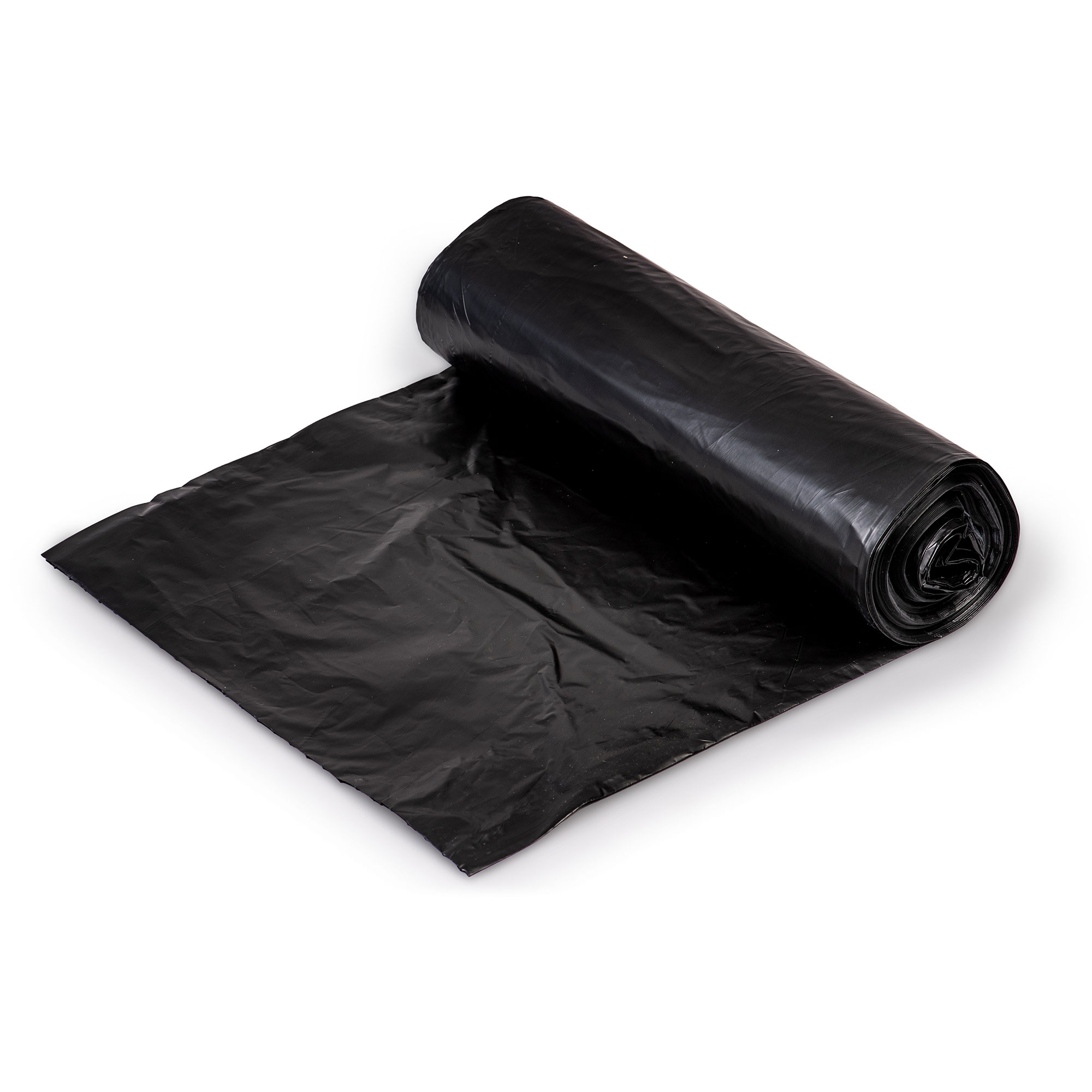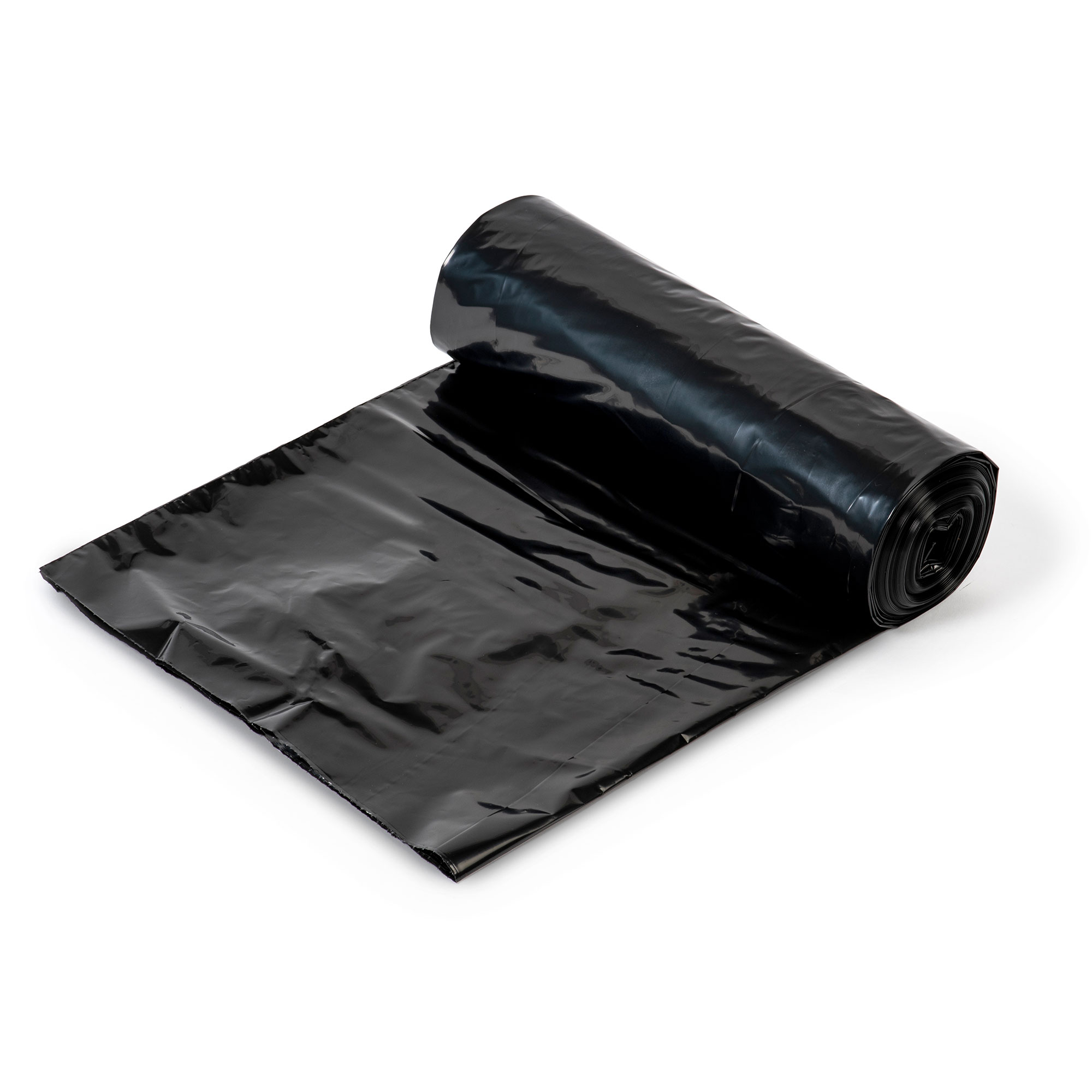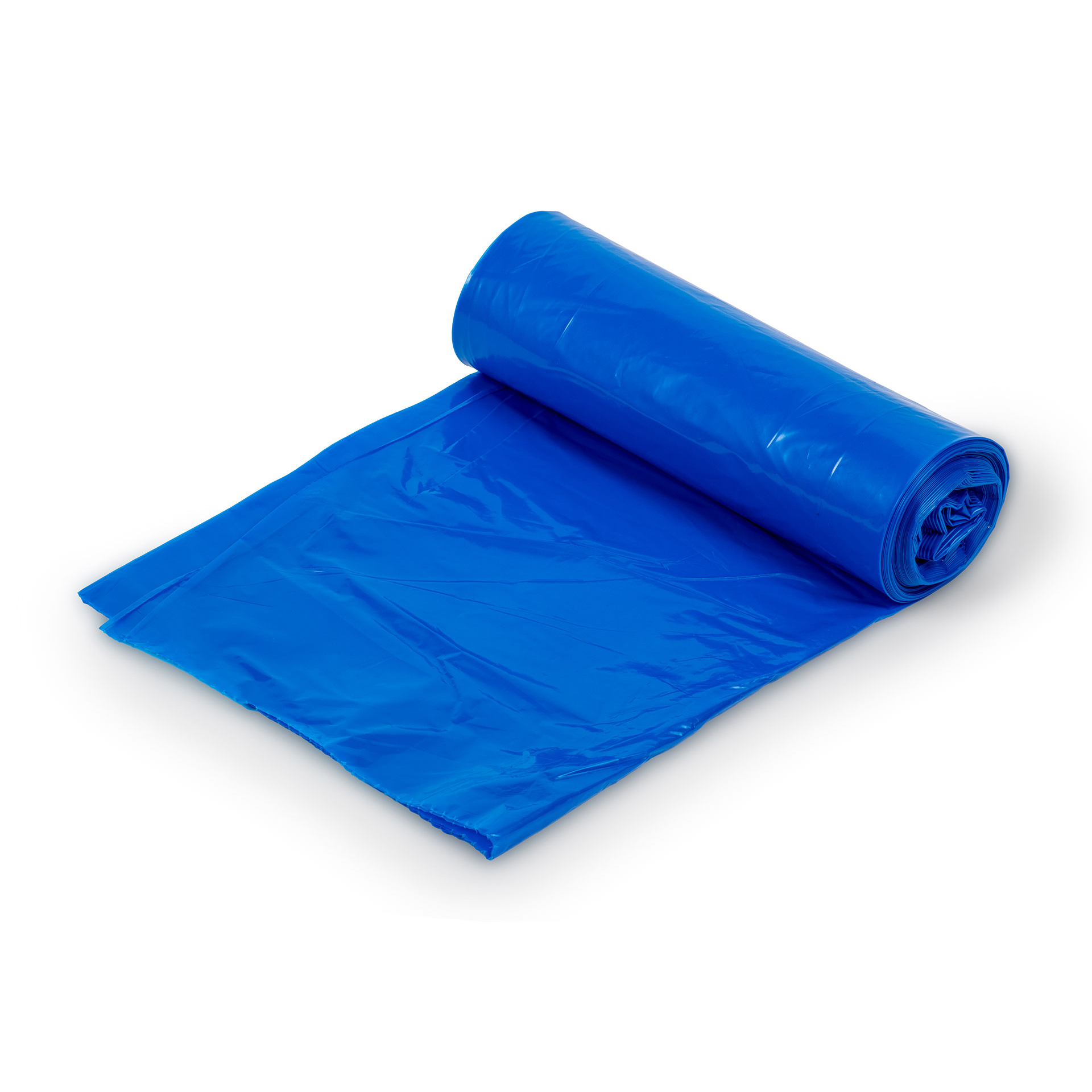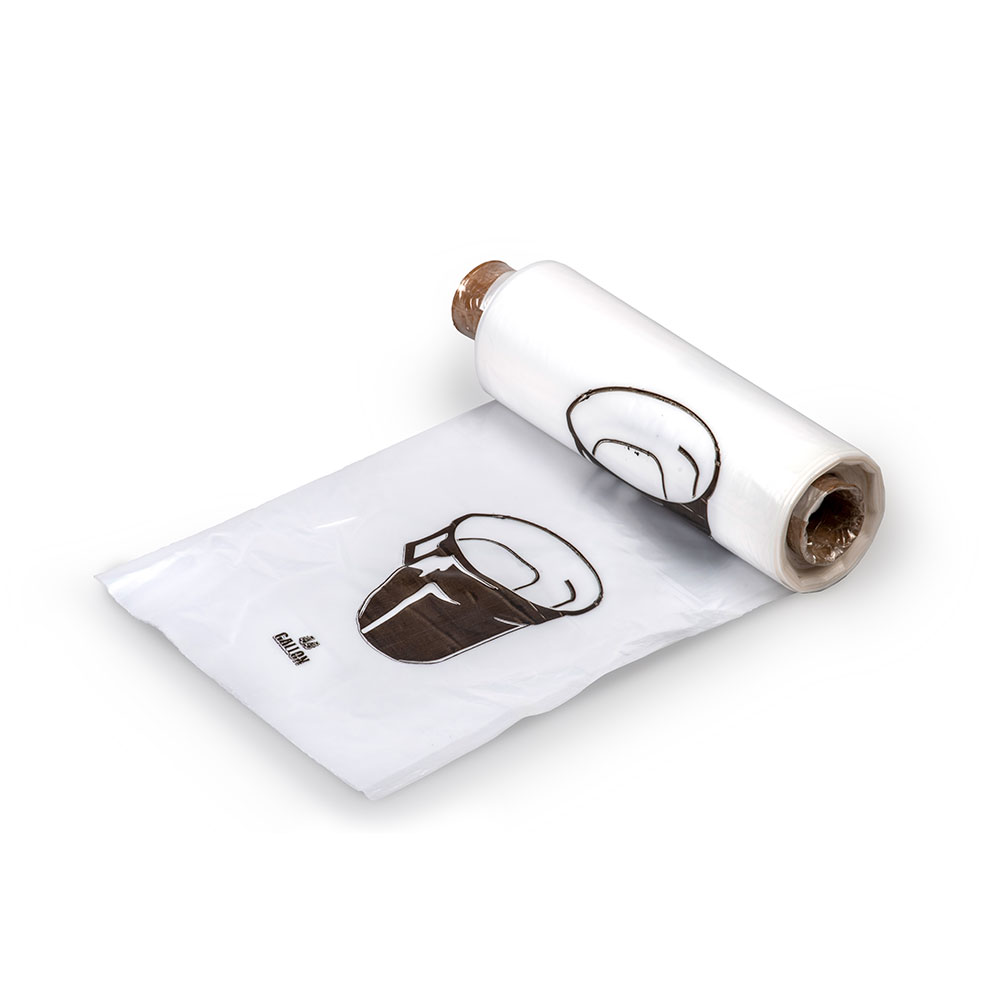How to Select the Proper Can Liner
Today’s market is filled with an abundance of different resins and film thickness is no longer a satisfactory standard for judging overall strength. Instead of stating the actual thickness, many producers have adopted terminology such as “Light,” “Medium,” “Heavy,” and “Value Line.” Each manufacturer has its own blend of resin formulations and the proportions of these materials vary from one product to another. To help customers determine the proper can liner, Colonial Bag has developed a "Max Load" designation for each of our liners. Combining the max load designation with what type of refuse is being discarded has led us to develop the following guidelines:
- Is there anything rough or sharp going into the bag? > Yes – Select Low Density No – Select High Density
- Determine Correct Liner Size – Gallons or Dimensions > Example: 45 gallons or 40 x 46
- Estimate how much weight will be going into the bag > Example: 5 gallon pail of liquid weighs approximately 45 lbs.
- Locate appropriate liner from the Max Weight column > Shown on Colonial Bag literature
Can Liner Applications

LINEAR LOW DENSITY BAG (LLDPE)
Linear Low Density Bags (LLDPE) are used for rough or sharp objects under tough transport conditions. These liners are very strong and are more resistant to tearing than High Density.
Recommended for rough objects under tough conditions.
Example: These liners are very strong and are more resistant to tearing, but handle lower load capacities than similar gauge HDPE liners.
Suggested LLDPE Applications:
- General industrial waste
- Medical isolation liners
- Contractor bags
- Sticks and rough yard trimmings
- Objects with rough corners or protrusions
- Plastic eating utensils
- Demanding transport conditions

HIGH DENSITY BAG (HDPE)
High Density Bags (HDPE) are used for paper and non-rough edged objects under moderate transport conditions. They are very strong and handle high load capacities but tear easier once punctured.
Great for paper and non-rough edged objects under moderate transport conditions.
Example: These liners are very strong and handle higher load capacities than LLDPE liners, but are less resistant to tears once punctured, and are more prone to tears once punctured.
Suggested HDPE Applications:
- Refuse without rough edges
- Paper
- Paper plates / cups
- Food
- Rags / cloth items
- Great for office waste baskets
- Contract cleaners


